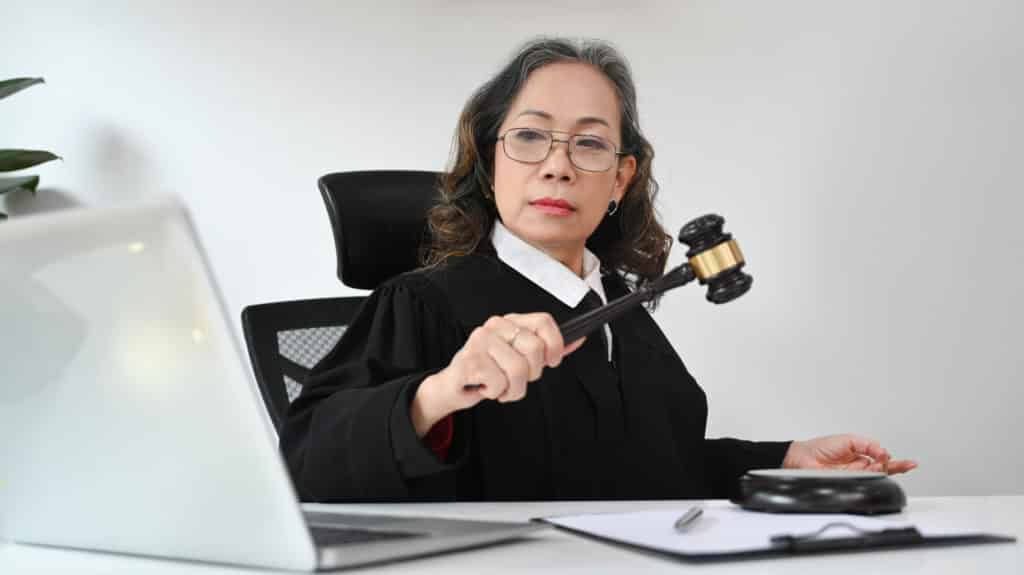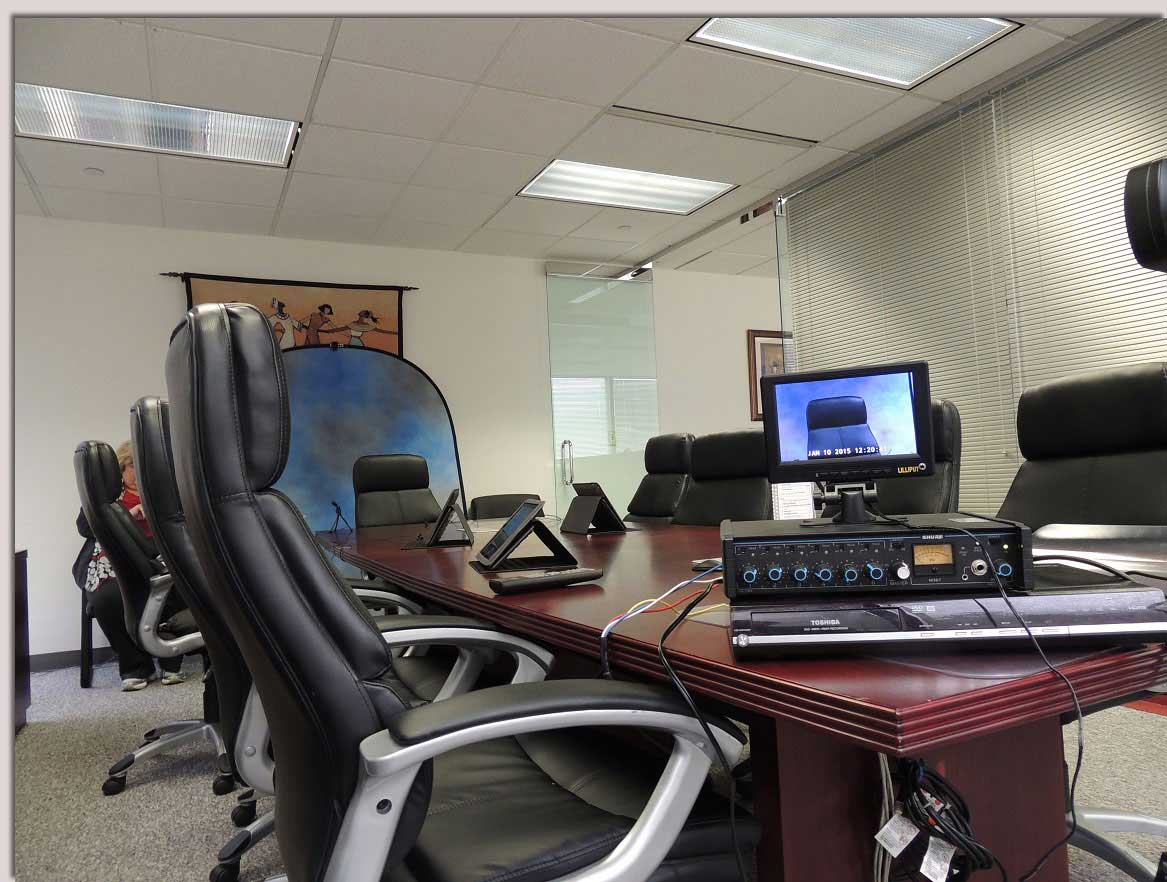Why Legal Videography Is Important for Modern Lawsuits Processes
Necessary Elements of Legal Videography for Reliable Paperwork
Legal videography plays a pivotal duty in the paperwork of critical occasions within the justice system, where precision and clearness are critical. Key facets such as the implementation of high-def cameras, adherence to lawful requirements, and efficient area hunting considerably affect the quality and reliability of the footage. Moreover, a videographer's expertise and interest to information can considerably improve the evidentiary value of the recorded product. As we check out these essential components, it comes to be noticeable that the nuances of this method can have far-reaching implications for lawful results. What might those effects entail?
Significance of Legal Videography
Legal videography plays an important duty in the judicial process by offering a reliable visual record of testimonies, depositions, and various other significant events. This visual documents offers several important functions, most especially boosting the reputation of proof offered in court. Unlike created transcripts, video clip recordings catch non-verbal signs, such as body movement and emotional actions, which can dramatically influence a jury's understanding of a witness's integrity and truthfulness.
Furthermore, lawful videography help in preserving the integrity of intricate situations, guaranteeing that subtleties are precisely stood for. This comes to be particularly essential in situations involving expert testimony, where visual help can clarify elaborate ideas that may be testing to share with message alone.
In addition, using videography can enhance trial proceedings. By permitting jurors to watch recordings as opposed to depending solely on copyright, the process can become much more reliable and much less vulnerable to misconception.
Technical Demands
To effectively record top quality video clip in a legal setting, specific technological needs have to be met. The selection of camera is critical; it must possess high-definition abilities, ideally 1080p or higher, to guarantee quality in aesthetic documents. Additionally, the cam should have a trustworthy zoom feature to capture information from various ranges without compromising photo top quality.
Illumination is one more vital aspect. Natural light is favored, but additional lighting may be essential to remove darkness and guarantee all individuals are adequately brightened (Legal Videography). Soft, diffused lights can help develop an expert look while preventing severe contrasts

Lastly, stable recording equipment is vital. A tripod or other stabilization equipment must be utilized to prevent shaky footage, which can interfere with the professionalism of the documentation. Satisfying these technical needs will considerably boost the quality and effectiveness of legal videography.
Conformity and Legal Requirements
In the world of legal videography, adherence to compliance and legal criteria is extremely important to make sure the integrity and admissibility of documented products in court process. Lawful videographers need to be skilled in the relevant laws and laws governing the documentation of proof. This includes understanding the rules of evidence, which dictate just how video recordings can be used in court, as well as personal privacy legislations that shield click site the rights of people recorded on video.
In addition, videographers must acquire correct permission from all parties associated with the recording procedure. This not only cultivates openness however additionally safeguards against potential lawful effects. Compliance with state-specific laws is just as important, as the legal landscape differs considerably throughout jurisdictions.
Additionally, maintaining high requirements of technological quality is crucial, as bad audio or visual quality can lead to difficulties pertaining to the credibility of the video. Videographers should additionally maintain precise documents of the chain of safekeeping for all video clip materials, ensuring that they can show the credibility and stability of the recordings if questioned in court. Basically, compliance with legal requirements forms the structure of reputable and reliable legal videography.
Finest Practices for Videographers
Complying with compliance and lawful standards develops a strong structure for effective legal videography, however best techniques additionally boost the top quality and reliability of taped materials. First of all, videographers ought to use high-quality devices, including cameras with enough resolution and sound capturing tools that reduce background noise. This makes sure clarity in both visual and acoustic aspects, which is crucial for lawful documentation.
Secondly, proper lights is necessary to stay clear of darkness or overexposure, thereby preserving the stability of the video footage. Videographers ought to search the place in advance to identify optimal lighting conditions, adjusting as necessary.
In addition, mindful framework and make-up are crucial. Topics ought to be centered within the structure, and any type of pertinent products or exhibitions ought to be clearly noticeable. This not just aids in clearness but also assists in conveying context during legal proceedings.
Moreover, maintaining a neutral disposition and staying clear of individual prejudices while taping enhances the expertise of the videographer. Last but not least, interest to information in editing and enhancing, consisting of smooth transitions and clear labeling of documents, makes sure that the end product is not just sleek yet also easy to navigate for legal groups. Complying with these finest practices eventually sustains the goals of lawful paperwork.
Enhancing Evidentiary Value
Enhancing the evidentiary worth of lawful videography calls for a critical approach that focuses on both credibility and quality. Lawful videographers should ensure that the video documents accurately shows the testimonies, conditions, or events being taped. This starts with the selection of premium devices that catches clear sound and aesthetic reference components, decreasing distortion or disturbance that could undermine trustworthiness.
In addition, meticulous attention to information is paramount. Videographers must develop a stable video camera position, make use of correct illumination, and stay clear of any type of unneeded edits that can be perceived as altering the initial material. Maintaining click to read more a neutral perspective during recording helps maintain the credibility of the evidence.
Additionally, appropriate documents of the recording process-- consisting of date, time, place, and any pertinent contextual information-- can dramatically reinforce the evidentiary weight of the video clip. This metadata works as a critical reference factor for authenticity.

Verdict

Lawful videography plays an essential duty in the documentation of vital occasions within the justice system, where accuracy and clarity are vital.In the realm of lawful videography, adherence to conformity and lawful standards is paramount to ensure the stability and admissibility of documented materials in court procedures. Legal Videography. In essence, compliance with lawful criteria develops the structure of trusted and effective lawful videography
Sticking to conformity and legal requirements establishes a strong foundation for efficient legal videography, however best techniques better improve the high quality and reliability of recorded materials.In verdict, the importance of lawful videography lies in its capacity to supply clear, trustworthy documentation for lawful process.